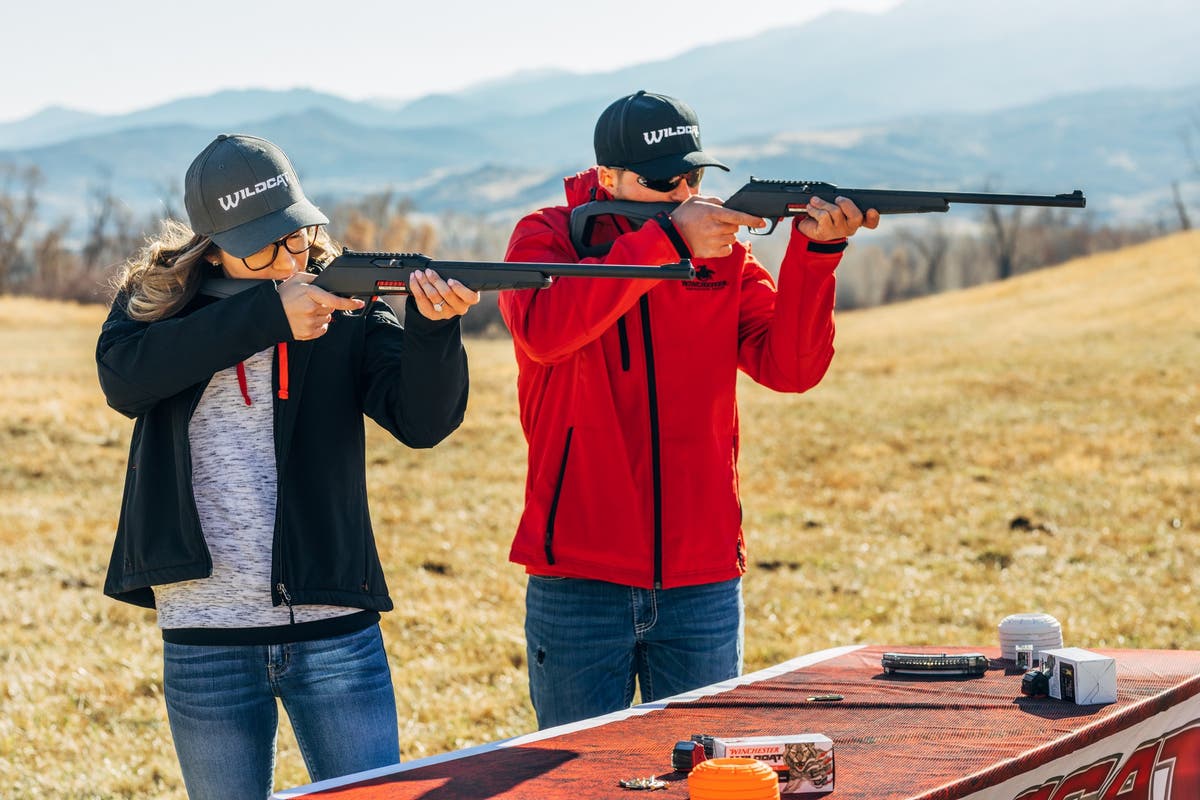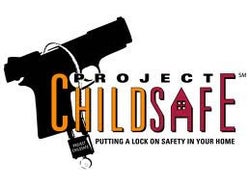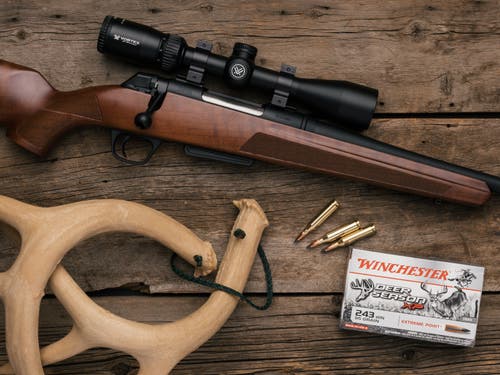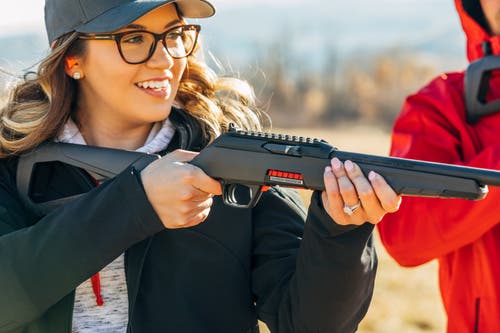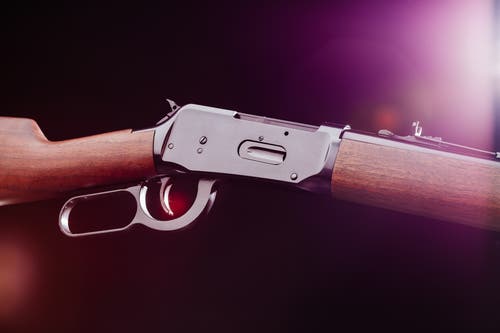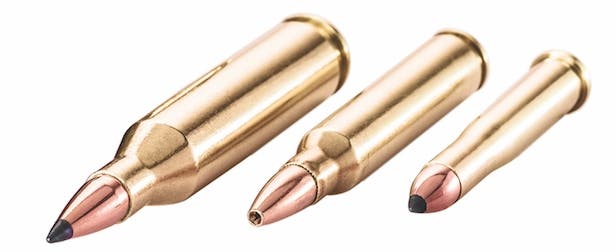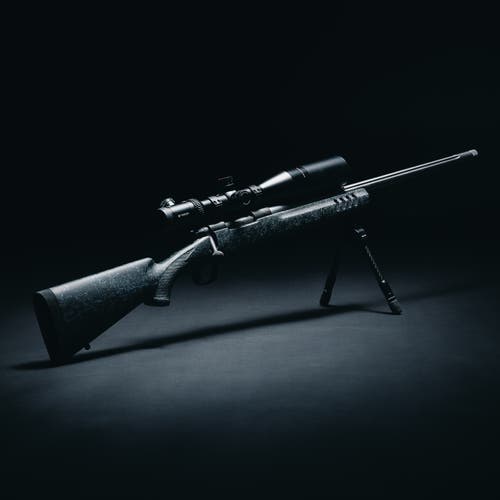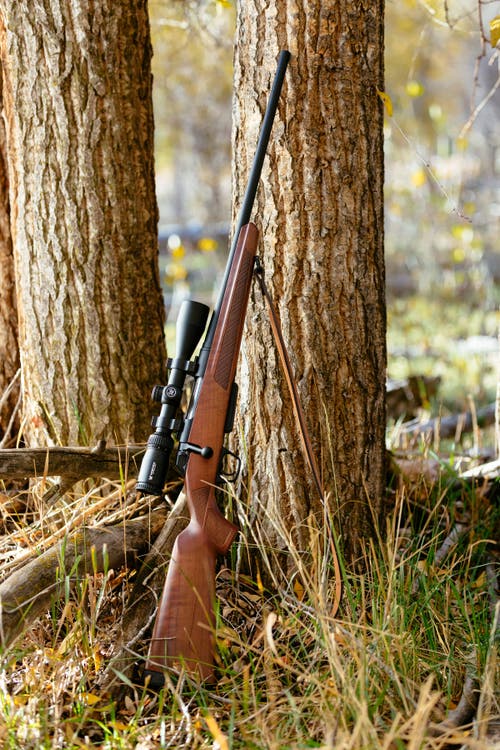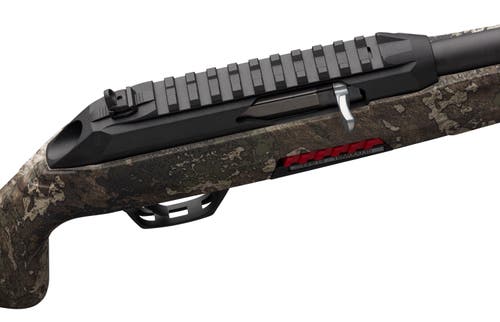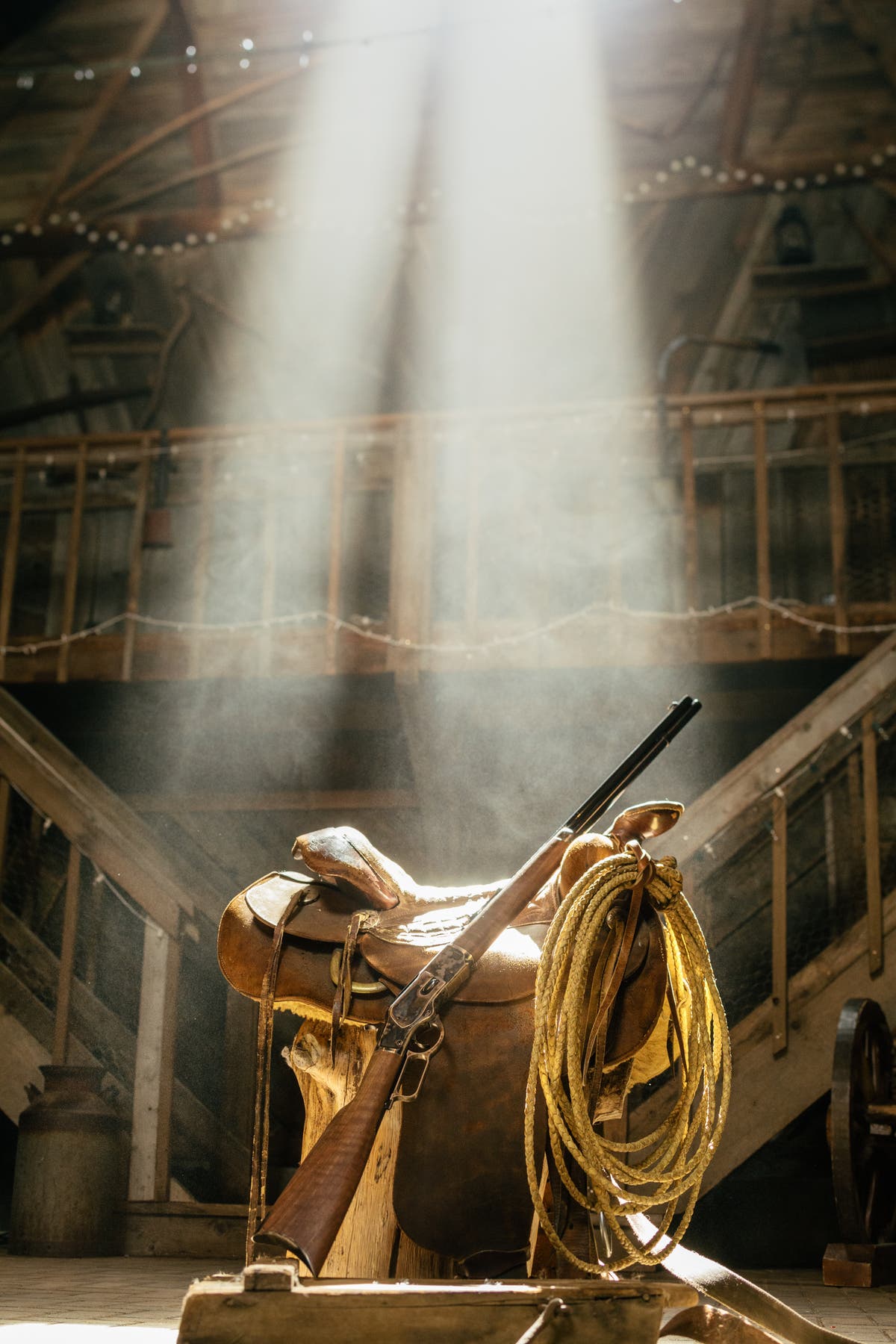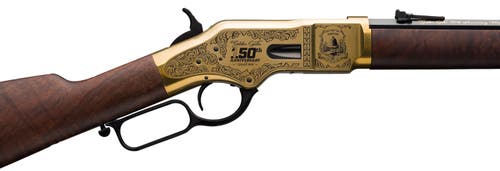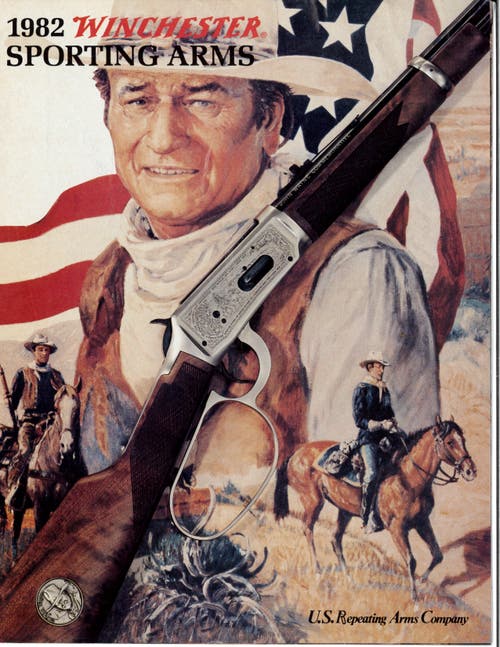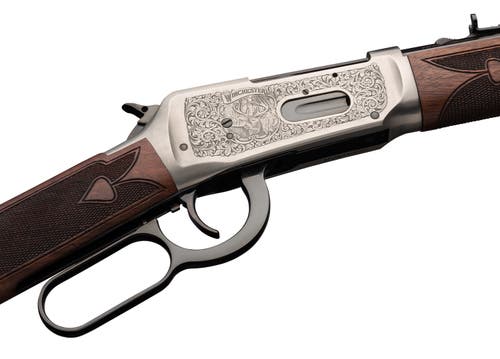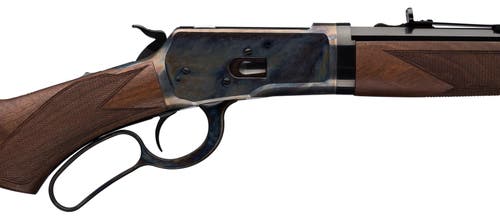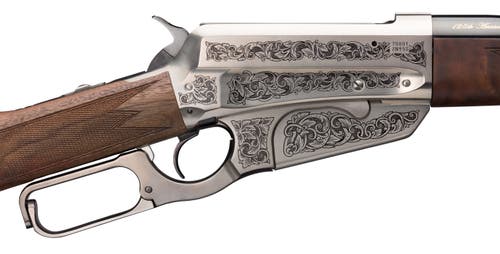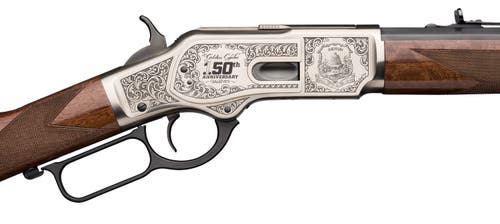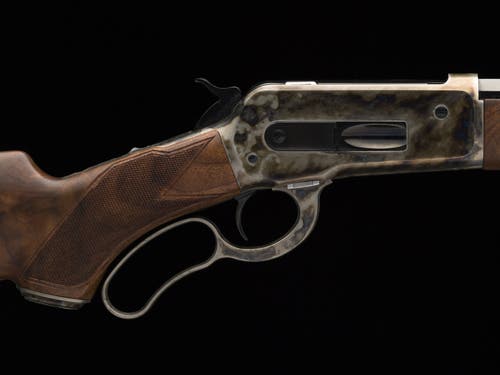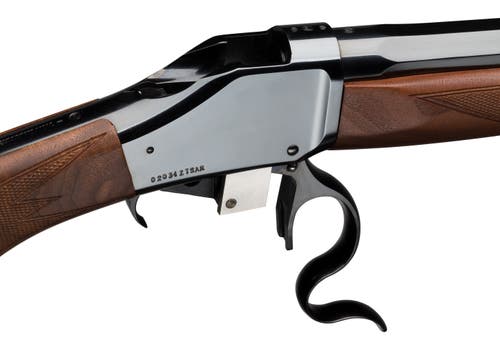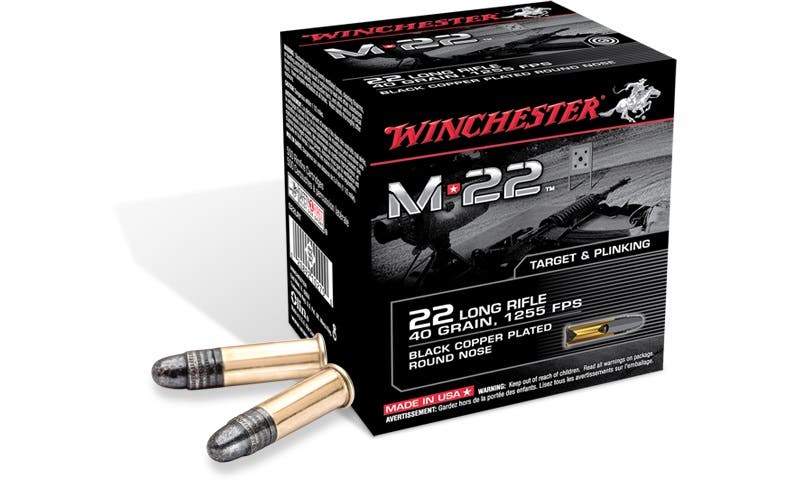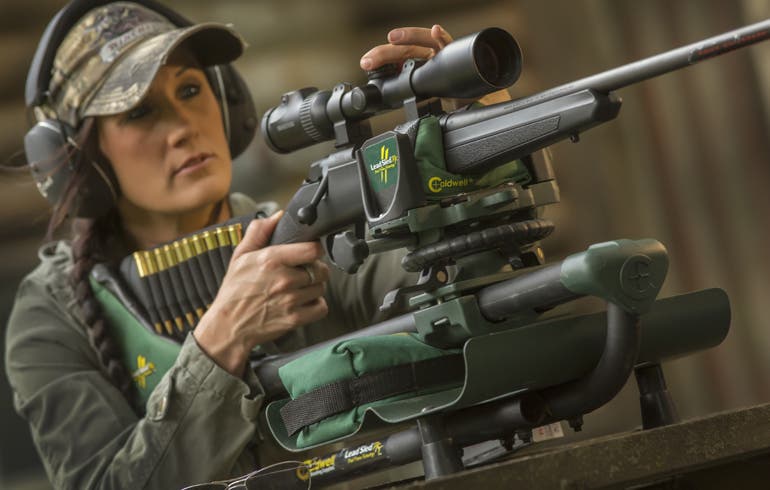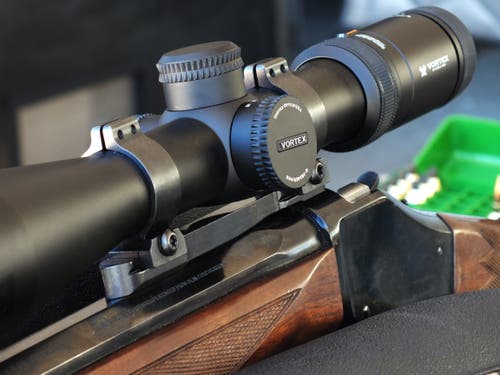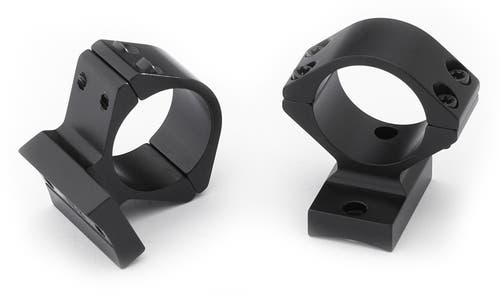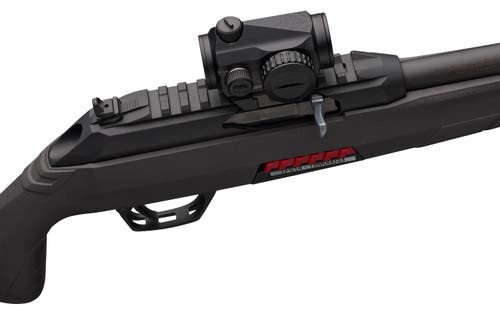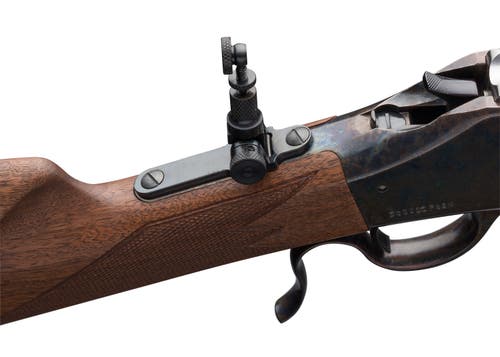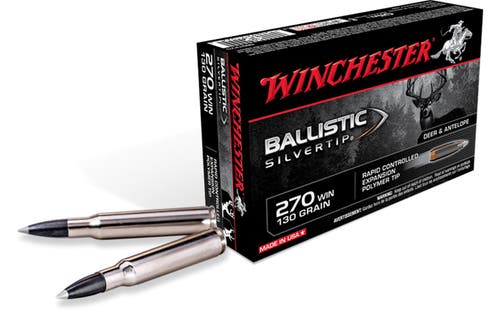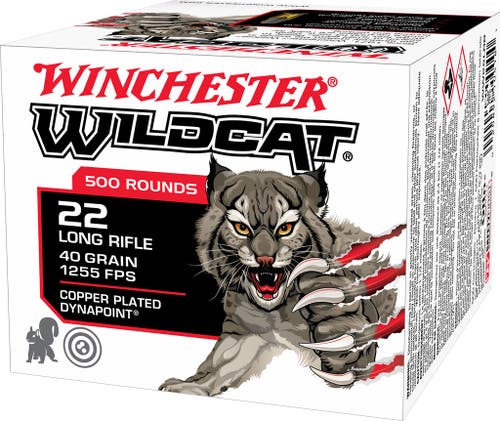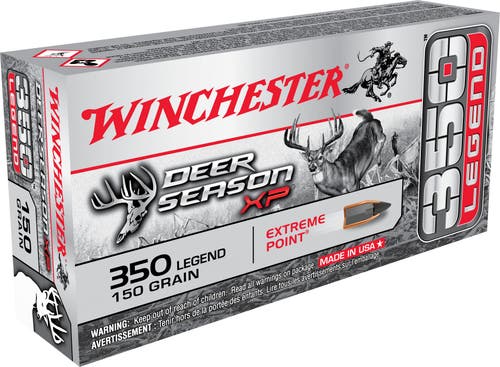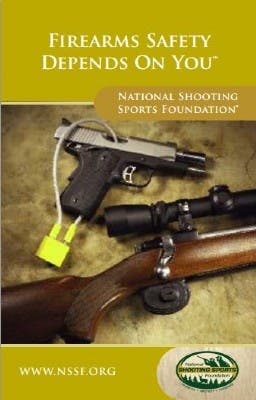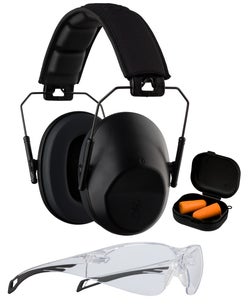Tips for First-Time Rifle Buyers.
Tips for First-Time Rifle Buyers.
With such a wide variety of rifles on today's market, your first firearm purchase can be a bit daunting. If you’re a first-time rifle buyer, Winchester Repeating Arms would like to offer some tips to make your first firearm a safe, prudent and useful purchase. Always seek out other resources, such as certified training, gun store experts and excellent online resources from the National Shooting Sports Foundation (NSSF) and the National Rifle Association (NRA). And always read and understand all information contained in any firearms owner's manual.
1.
1.
SELECT THE RIGHT RIFLE FOR YOUR NEEDS
SELECT THE RIGHT RIFLE FOR YOUR NEEDS
There are numerous rifles available on today’s market for the first time buyer and each type offers advantages and limitations.
Intended for hunting at distances of up to several hundred yards, most centerfire rifles use more powerful cartridges than centerfire pistols. Larger caliber centerfire rifle cartridges usually offer greater range and bullet penetration, but they have more felt recoil than smaller caliber rifles.
Of course, there are still plenty of Winchester lever-action rifles chambered for popular pistol cartridges such as the 38 Special, 357 Magnum, 44-40 Winchester and 45 Colt so you can greatly simplify your ammo needs if you have a handgun in the same caliber. (That’s exactly what working cowboys did 150 years ago.)
Rimfire rifles use cartridges that are perfect for target shooting, plinking and training -- and are also effective for small game hunting at distances of perhaps 100 yards or less. Be aware that a rifle bullet can ultimately travel several times the effective distances mentioned here.
You should know that any bullet can ultimately travel several times the distances mentioned here. Rifle cartridges come in a wide variety of styles and sizes for different purposes.
With any firearm make proper eye and ear protection an important part of the shooting experience.
(Please note that this is just a brief overview to get you started on your way to becoming a new rifle owner. Many resources, with more specific details, are available from the National Shooting Sports Foundation, the National Rifle Association, your state's division of wildlife resources, your state's department of justice and from experts at many local ranges. This is especially true of any safety or legal issues regarding firearms ownership and hunting.)
Bolt-Action Rifles
Bolt-Action Rifles
The bolt-action often comes to mind when you think of a typical hunting or target rifle. They are simple, rugged firearms that offer outstanding reliability and accuracy.
To use a Winchester Repeating Arms bolt-action rifle, first place the manual "safety" in the on safe position. Open the action by lifting upward on the bolt handle, then pull the bolt fully to the rear. If the rifle has a detachable box magazine, remove it from the bottom of the rifle and insert one or more cartridges. Then reinsert the magazine into the magazine well. If the rifle has an internal magazine you can insert one or more cartridges through the open top of the action.
Make sure the manual “safety” is in the on safe position. Pushing the bolt handle forward and down moves a cartridge from the magazine to the chamber. When you move the “safety” to the off safe position the rifle is ready to fire one cartridge when the trigger is pulled.
After you fire a cartridge, you manually lift the bolt handle and pull the bolt fully to the rear, ejecting the fired case. Push the bolt handle forward and down to move another fresh cartridge from the magazine into the chamber. The rifle is now ready to fire with the next pull of the trigger.
Remember that with any bolt-action rifle you must manually cycle the bolt after each shot to load another cartridge.
Make sure you get the correct ammunition for your rifle at the time of purchase, along with spare magazines, locking gun cases and slings.
Nearly every major firearms company offers a bolt-action rifle. The Winchester Model 70 has the distinction of being the industry standard among all sporting bolt action rifles. It is the rifle all others are judged against. Its exceptional design is durable, accurate, and proven for over 80 years under the world's most demanding conditions and pursuing the most challenging game. The legendary writer Jack O'Connor called it "The Rifleman's Rifle."
Autoloading Rifles
Autoloading Rifles
The autoloading Winchester Wildcat is chambered in 22LR and can be an excellent choice for many first-time buyers.
The autoloading or semi-automatic is another popular rifle type. They use a portion of the energy generated when a cartridge is fired to operate the action.
To use a Winchester Wildcat autoloading rimfire rifle first place the “safety” in the on safe position. Pull back on the operating handle and lock it to the rear. Remove the rotary box magazine from the bottom of the rifle and insert one or more cartridges. Reinsert the magazine, activate the bolt release and let bolt travel forward under the pressure of the recoil spring. Verify the “safety” is still in the on safe position.
When you are ready to fire, move the “safety” to the off safe position. The gun will fire one cartridge when the trigger is pulled. The energy from the fired cartridge operates the bolt, ejects the fired case and loads a fresh cartridge from the magazine into the chamber. You’re now ready to fire the next shot with just the pull of the trigger. When you are finished shooting place the “safety” back in the on safe position.
The advantage of the autoloading rifle is the ability to provide quick follow-up shots. Be aware that autoloading rifles tend to be more sensitive to the type of ammunition used to ensure the most reliable operation.
The autoloading Wildcat from Winchester Repeating Arms is a handy little rimfire rifle ideal for small game hunting and plinking. Constructed of rugged polymer and steel, it comes standard with adjustable iron sights and has a scope mounting rail. It also uses the same magazine as the 10/22® rifle.
Lever-Action Rifles
Lever-Action Rifles
Lever-actions were among the first repeating rifles. In fact, back in mid-1800s it was Winchester Repeating Arms that improved and perfected the lever-action rifle.
The operation is quite simple. If the rifle is equipped with a manual “safety” it is placed in the on safe position. Each cartridge is inserted through the right side loading port into the rifle’s tubular magazine. The operating lever is pushed fully down and then returned to the closed position. This loads one cartridge from the magazine into the chamber and cocks the hammer.
When the “safety” is moved to the off safe position, the rifle will fire one cartridge when the trigger is pulled. The lever is operated again and rifle is then ready to fire another cartridge.
Remember that the lever must be operated manually prior to each shot.
Everyone who loves lever-action rifles wants the real deal from Winchester Repeating Arms. Easy to carry and reliable, you can choose from traditional pistol-caliber lever-actions like the Model 1873, “The Gun That Won the West” or the handy Model 1892, made famous by Hollywood cowboys on TV and in the movies.
The Model 94, often chambered in 30-30 Winchester, has been one of America’s favorite deer rifles for more than 125 years. The Model 94 is drilled and tapped so your local dealer can easily mount a telescopic sight.
When you purchase your first rifle, make sure you also buy the ammunition and accessories you’ll need – important things like a sling, a gun case, or locking storage enclosure and basic cleaning supplies.
2
2
THERE'S LOTS TO BE SAID FOR THE 22 LR RIMFIRE CARTRIDGE.
THERE'S LOTS TO BE SAID FOR THE 22 LR RIMFIRE CARTRIDGE.
.22 Long Rifle ammunition is lightweight and inexpensive, making it ideal for your first rifle. You can easily carry a box of 100 rimfire cartridges in your pocket or pack and it won’t take up much space.
The recoil and noise from the rimfire cartridge are less intimidating for new shooters.
Ranging from high-velocity hollow points to standard velocity target cartridges and lower velocity subsonic ammo, rimfire ammunition comes in many different styles.
When you purchase your first rifle, make sure you also buy the ammunition and accessories you’ll need – important things like extra magazines, a sling, a gun case, or locking storage enclosure and basic cleaning supplies.
One of the biggest advantages of the 22 Long Rifle is how the cartridges are so compact and light.
3.
3.
YOU CAN'T HIT WHAT YOU CAN'T SEE.
YOU CAN'T HIT WHAT YOU CAN'T SEE.
Telescopic sights help you aim with greater precision.
Open sights (often called iron sights) make it easy to find the target and are very durable.
While many lever-action and rimfire rifles have basic open sights installed on top of the barrel, most bolt-action hunting rifles are designed to use a telescopic sight. The scope is firmly attached to the top of the rifle using a mounting base and scope rings designed for that particular model of rifle.
Telescopic sights magnify the image of the game animal or target. This makes it easier to deliver a more precise shot and allows you to make a positive identification of a distant target. Telescopic sights offer a reticle with horizontal and vertical crosshairs or some other aiming reference point.
Most modern scopes let you “zoom in” on a distant target. Zoom ranges from 3 to 9 power, up to 5 to 15 power are typical for centerfire hunting scopes. Specialized scopes for longer range target shooting may have much greater magnification. Lower magnification scopes are often mounted on rimfire hunting rifle.
An adjustment process called “zeroing” makes sure that your bullet strikes at the same point as your aiming reference at a given distance. Zeroing may be approximated in the store by a good gunsmith when your buy your rifle and scope, and this preliminary adjustment is called “bore sighting.” The final fine-tuning of your scope’s zero is done at the firing range using the same type of ammunition you plan to use.
Electronic “dot” sights generally offer little or no magnification, but instead they optically superimpose an aiming mark to allow you to view your target with both eyes open.
Along with traditional bases and rings, Winchester Repeating Arms also offers an integrated scope ring and base for Winchester Repeating Arms rifles. These are readily available online or from your Winchester Repeating Arms dealer. Make sure you have your rifle and scope properly bore sighted in the store when you purchase them.
4.
4.
MATCH YOUR BULLET TO YOUR NEEDS.
MATCH YOUR BULLET TO YOUR NEEDS.
Modern rifle ammunition is designed to meet specific purposes like big game hunting or target shooting. Make sure that the ammunition you purchase with your new Winchester Repeating Arms rifle matches the caliber marking on the barrel. Ask your dealer for assistance if you are unsure about the correct ammunition for your rifle.
To prevent lead from being deposited inside the barrel during firing, most high velocity rifle bullets have a lead core surrounded by a metal “jacket” made of a copper alloy. This jacket may completely encase the bullet and is called a “full metal jacket” or “FMJ” for short. FMJ bullets are still widely used for target shooting and training.
Small game hunting bullets with thinner jackets, a hollow point or an exposed lead or polymer tip are designed deform quickly on impact. Thicker bullet jackets allow deeper penetration on larger animals and are more typical of big game bullets.
Made from copper, brass or other alloys, some newer hunting bullets do away with a lead core entirely. Some jurisdictions now require lead-free bullets for hunting.
Winchester-brand ammunition offers you a wide choice of calibers loaded with the latest hunting and target bullet designs.
IMPORTANT ADVICE FROM THE NATIONAL SHOOTING SPORTS FOUNDATION. "Using improper or incorrect ammunition can destroy a gun and cause serious personal injury. It only takes one cartridge of improper caliber or gauge to wreck your gun, and only a second to check each one as you load it. Be absolutely certain that the ammunition you are using matches the specifications that are contained within the gun’s instruction manual and the manufacturer’s markings on the firearm." LEARN MORE ON THE NSSF WEBSITE.
5.
5.
UNDERSTAND THE LAW AND GET ADDITIONAL TRAINING AND FIREARM SAFETY INFORMATION FROM A RELIABLE SOURCE.
UNDERSTAND THE LAW AND GET ADDITIONAL TRAINING AND FIREARM SAFETY INFORMATION FROM A RELIABLE SOURCE.
With firearm ownership comes great individual responsibility. Be sure you read and understand your owner’s manual before you store, load or use your new firearm. Make sure you know and always comply with the firearm laws and regulations for your location. Take some time to do additional research on the skills you need to develop to be a safe and effective firearm owner.
Basic and advanced classes in firearm safety, marksmanship and home protection from certified instructors are often available at your local gun store, gun range or shooting club. There are many good online resources available as well.
One excellent resource for both local gun laws and training is the National Rifle Association. You can learn more at https://onlinetraining.nra.org
Gun Safety Starts with You. Here are some good rules to live by when handling firearms:
- Always keep the muzzle pointed in a safe direction.
- Firearms should be unloaded when not actually in use.
- Don't rely on your gun's "safety."
- Be sure of your target and what's beyond it.
- Use correct ammunition.
- If your gun fails to fire when the trigger is pulled, handle with care!
- Always wear eye and ear protection when shooting.
- Be sure the barrel is clear of obstructions before shooting.
- Don't alter or modify your gun, and have guns serviced regularly.
- Learn the mechanical and handling characteristics of the firearm you are using.
Learn more about firearm safety at https://www.nssf.org/safety/
IMPORTANT ADVICE FROM THE NATIONAL SHOOTING SPORTS FOUNDATION. "Using improper or incorrect ammunition can destroy a gun and cause serious personal injury. It only takes one cartridge of improper caliber or gauge to wreck your gun, and only a second to check each one as you load it. Be absolutely certain that the ammunition you are using matches the specifications that are contained within the gun’s instruction manual and the manufacturer’s markings on the firearm."



